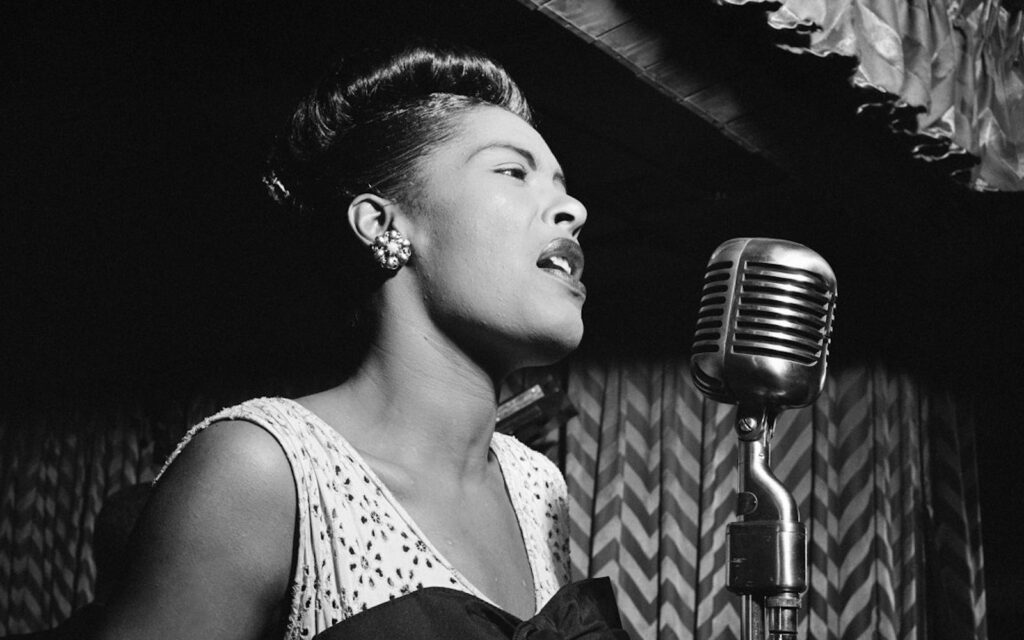Keep The Village Alive has been in the works for quite a long time. It’s tagged as a companion piece to Graffiti on the Train, and the band initially toyed with the idea of releasing them together as a double album.
“When we started the whole project, the songs just kept on coming thick and fast,” says Jones. “Over the space of about 12 months we had about 36 songs. So we had the thought then of releasing a double album, but then through various talks with management and different people we know in the industry, they dissuaded us by saying that people’s attention spans ain’t what they used to be and they’d rather listen to single songs and shorter albums. So we decided to condense Graffiti on the Train down to ten songs, and the other bunch of songs we thought, ‘We’re not going to waste those,’ so we continued to work on them along with a bunch of other tracks. And that’s rolled into Keep The Village Alive.”
Throughout their career, Stereophonics have made a concerted effort to distinguish each new album from its predecessor. And, while the latest two inhabit a similar stylistic and creative space, this remained an important task.
“Graffiti on the Train was a bit of a departure from Keep Calm and Carry On [2009],” says Jones. “We used a lot of orchestration and let the songs breathe a little bit – we weren’t afraid to add big instrumentation. I think we kept about five similar tracks for this album, but we stripped back a little bit. So even though they were from the same bunch of songs, I think people will distinguish this album from the previous one. We’ve got a lot more instant songs on this new release. The first two singles are a good indication [C’est la Vie, I Wanna Get Lost With You] of the type of direction we went on this album.”
Keep The Village Alive and Graffiti on the Train were both recorded between ICP Studios in Brussels and Stylus Studios in London. Although they scaled back the textural details, the recording and production methods stayed largely the same.
“I think the method is going to be pretty much the same, but we did change the actual instruments,” Jones says. “On each album we usually find an instrument that departs from the previous album. There’s something about playing a new instrument as well. It makes you play differently.
“We’ve got our own studio in London, so it gives us a lot more breathing space to try out new things as well. Jamie [Morrison, drums] is very accomplished and very experimental. He’s great at coming up with different sounds from anything – he hits anything and makes a good rhythm out of it. I think we spent a lot more time trying to find these different sounds and actually distinguishing the two records apart.”
As with every Stereophonics album since Language. Sex. Violence. Other?, Jim Lowe co-produced Keep The Village Alive. By now,he’s integral to the band’s recording approach. “As soon as we get an idea, we want to get it out as quick as possible,” Jones says. “Then what usually happens is the demo turns into the finished article. Jim is really good at getting everything set up so quick. He’s got tracks up and running even before we pick the instruments up, and he’s always really quick with coming together with demo drum tracks and sounds. He’s got a vast library of sounds and he’s always really quick at finding a good sound when we need it as well. He’s a great bloke to have around and he’s a good friend as well.”
Stereophonics have been through a few lineup changes over the years, but Jones and frontman Kelly Jones have been there since day one. Amid the various comings and goings, they’ve never had serious questions about doing another album
“As far as the Stereophonics go, we’ve always said that ‘I don’t think any member of the band is bigger than the band.’ So if somebody isn’t that tied into what we’re doing and their heart’s not in the right place then sometimes you’ve got to let them go. The band’s got a life of its own life really. You’ve got to try to let it do what it needs to do.”
Evidently this attitude has been beneficial. On the cusp of album nine – which comes nearly 20 years since their debut – an enormous number of people around the world remain eagerly interested in Stereophonics.
“We’re really lucky,” says Jones. “We’ve got a good solid relationship with our fanbase and we never take it for granted. We always want to bring out new material which stands the test of time and not rely on past big records. We want to try to make the next record the big record.”
BY AUGUSTUS WELBY







